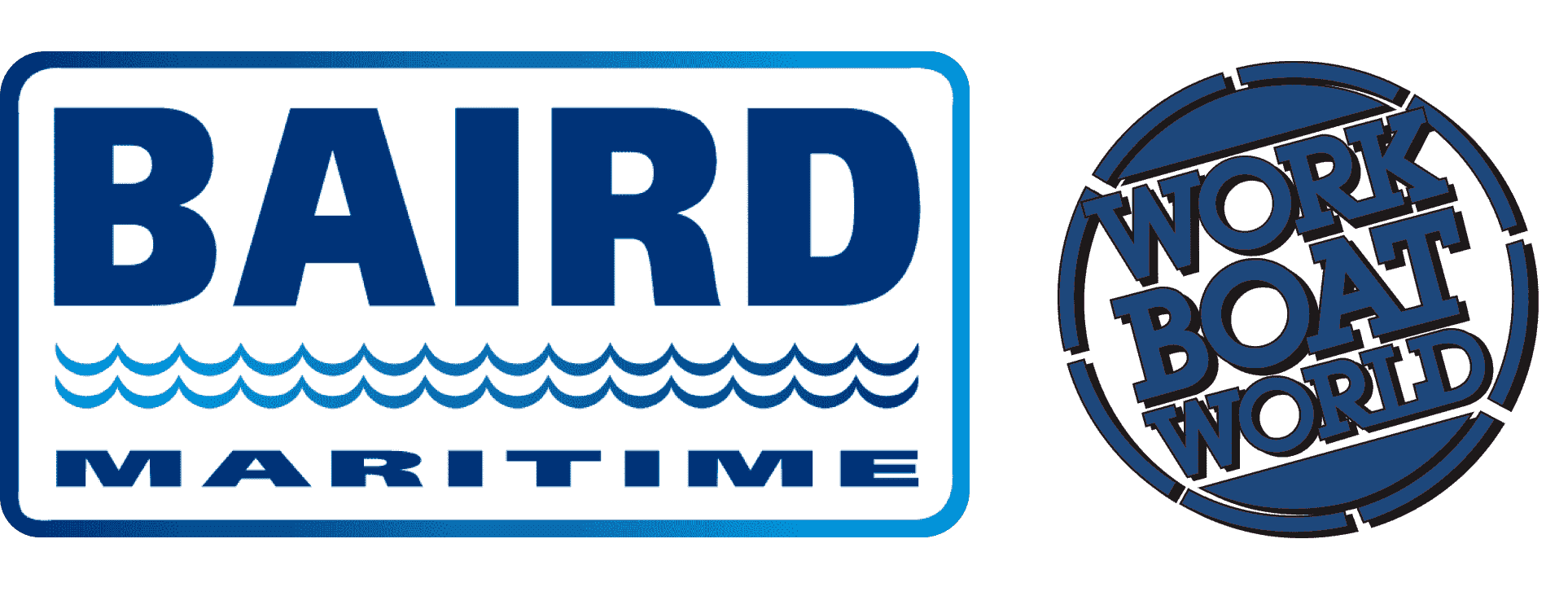VESSEL REVIEW | Fuxi No 1 – Wind-powered fish farm to be deployed in Chinese offshore waters
Chinese company CGN Shanwei New Energy recently placed a new offshore aquaculture structure into service at the Shanwei CGN Houhu Wind Farm in the South China Sea 11 kilometres off the coast of Guangdong province.
Fuxi No 1 (伏羲一号) was built by the Jiangmen Xinhui Base of the Guangzhou Salvage Bureau. Design work was undertaken by the Guangdong Electric Power Design and Research Institute in compliance with China Classification Society rules.
Highly durable design
Fuxi No 1 has an LOA of 70 metres (230 feet), a beam of 35 metres (110 feet), and a total capacity of 63,000 cubic metres (2.2 million cubic feet) for a projected maximum annual harvesting output of 900 tonnes. The structure can be submerged to a depth of 25.7 metres (84.3 feet).
The structure adopts a truss-type jacket design consisting of 66-metre (220-foot) long piles, diagonal braces, and double upper blocks. The design was developed to be able to withstand up to 17 supertyphoons over a 12-month period. It also boasts strong resistance to both corrosion and impact damage from collisions.
Renewable power supply for uninterrupted harvesting
The structure is notable for also having electrical generation capability thanks to the installation of solar panels and a wind turbine. Because the structure is powered exclusively by renewable energy, it is capable of continuous operation even under extreme conditions typical in offshore areas.
Fuxi No 1 has a comprehensive multi-nutrient aquaculture system with bottom seeding and multiplication technology. This allows multiple species of fish, crustaceans, and algae to be harvested simultaneously.
Dedicated intelligent systems are also available for feeding, cage cleaning, breeding monitoring, adult fish recovery, and environmental monitoring purposes.
The upper half of the structure also has a platform for embarkation and disembarkation of personnel via small boats as well as living quarters in addition to the wind turbine and the solar panels.
Fuxi No 1 will also support scientific research by serving as a platform from which scientists can study the effects of fish harvesting activities being undertaken in offshore wind farms. This can also lead to the development of new types of aquaculture equipment, further research on hydrogen production via electrolysis of seawater with the aid of offshore wind power, and demonstration of new types of underwater robotic systems for cage maintenance.


